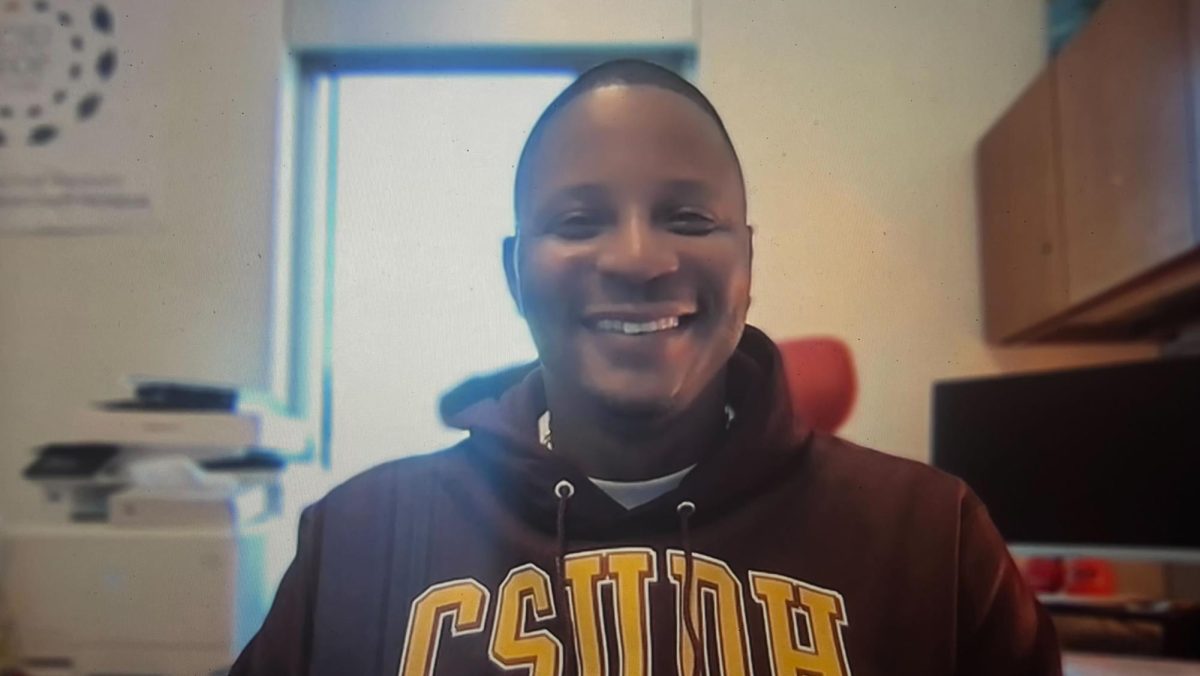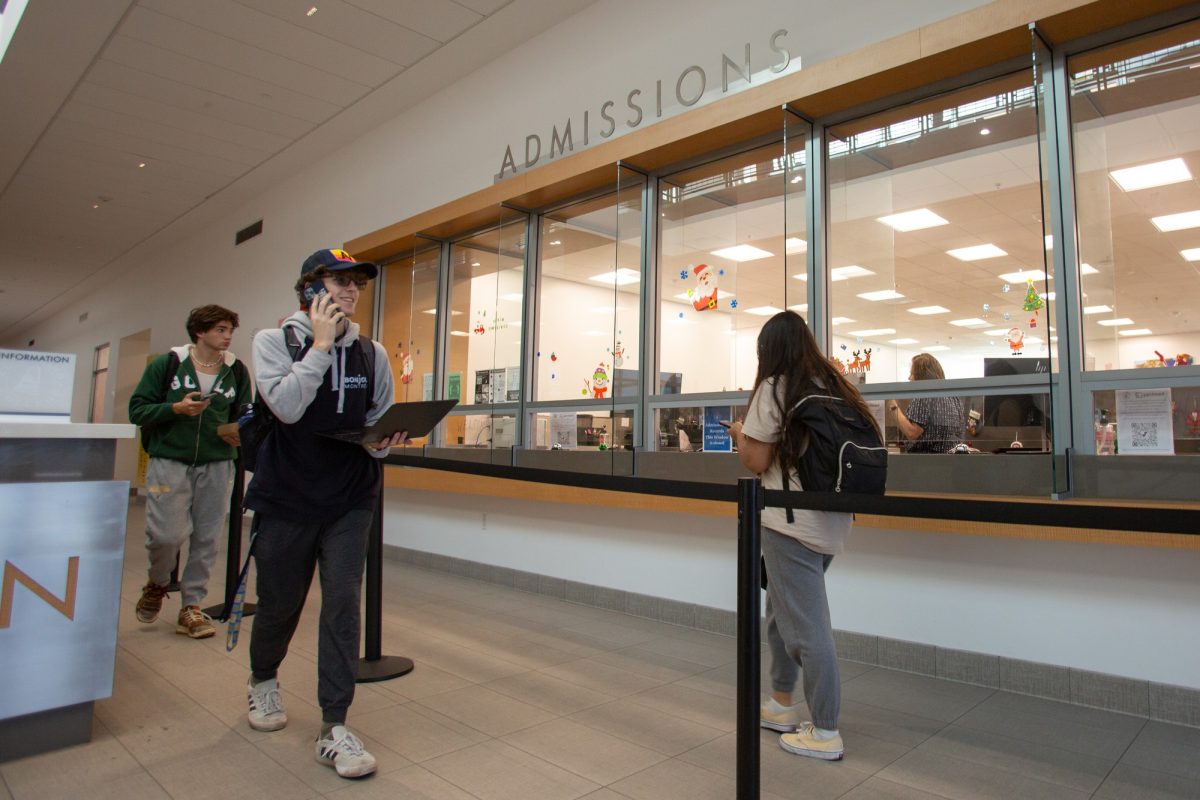Student service programs, staff and students are anticipating the governor’s revised budget in May to determine if further cuts will be made to the school’s budget.
Tentative school budgets have been made depending on the outcome state budget revision Jeanie Nishime, vice president of student and community advancement, said.
“We are anticipating a $3 million to 5 million dollar cut. The school has been very conservative financially, which will help us through several years of a large budget deficit,” Nishime said. “If the deficit is too large, cuts are a reality the school will have to face.”
Students worry that the worst possible scenario will occur and that it will become increasingly difficult to be a student in need of service.
“If there aren’t any programs, where will the students go for assistance?” Steven Torres, criminal justice major, said.
If any cuts take place, student services program will be the first to be affected including programs like the Honors Transfer Program, First Year Experience and Financial Aid.
“There will be no decrease in the amount granted to students or the amount of students taken into the Financial Aid Program this year,” Hortense Cooper, director of financial aid and scholarships, said. “But, if needed, hours and staff would be cut, which can prolong the process and delay the financial aid students will receive.”
Students have already taken notice of the budget crunch affecting the amount of staff working in the Financial Aid Office, as they believe it can take no more cuts as there are not enough people working now.
“I can’t imagine what would happen if they cut the hours at the Financial Aid Office. It’s hard to talk to somebody as it is, especially when you’re working and taking classes, it’s on their time not yours,” Isidro Landa, undecided major, said.
The Honors Transfer Program, which helps students gain priority admission to universities nationwide, has already been affected by cutbacks.
“The numbers of students enrolled in the honors transfer program has doubled each year since I’ve been here,” Kelsey Iino, Honors Transfer Program and international student counselor, said.
Iino said that with the student increase in the programs it is hard for students to make an appointment.
“I’m now here only seven hours a week, compared to 20 hours a week before the cut,” she said.
Although the student residents’ tuition fee remains at $20 per unit, international student fees have skyrocketed from $192 per unit to $231 per unit.
“There are different formulas provided by the State Chancellor’s Office for raising the tuition for international students,” Leonid Rachman, Director of International Students, said. “International students now have to pay an additional $31 in capital outlay fees. Many factors come into play, including the construction on campus.”
EC’s international student tuition increase was determined by statewide averages said Jo Ann Higdon, vice president of administrative services.
“The state’s looking to charge fees anywhere they can because of the deficit,” she said.
EC will not be receiving money from the stimulus plan, Nishime said.
“This is because the state has always been generous toward community colleges,” she said.
Though stimulus money looks doubtful, Hidgon said it would go toward helping unemployment.
“If any money does reach EC, it will be through the Workforce Investment Board, which will partner with EC’s business training center, investing in training programs for the unemployed,” Higdon said.







